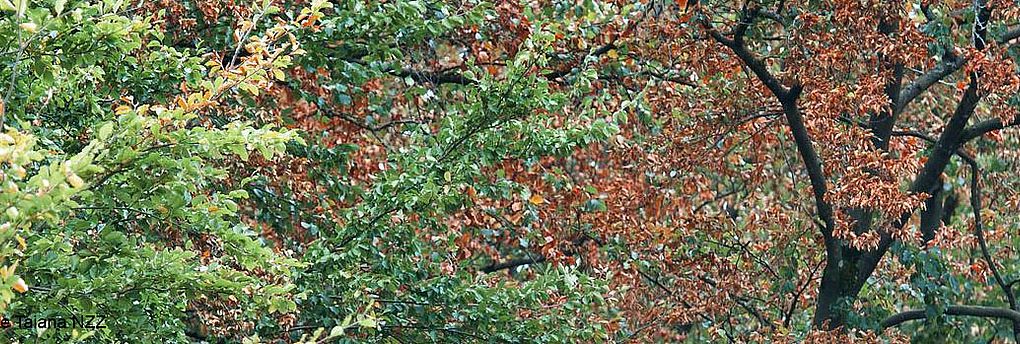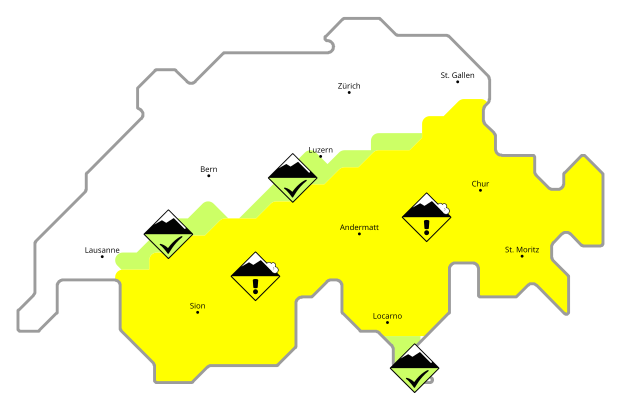
Medium-term effects of summer drought 2018 on beech individuals
Background
The summer drought of 2018 was the longest and most severe drought period with no precipitation since the start of systematic weather records in 1864. During the hottest period (July/August) of this drought, early leaf senescence and leaf fall has been reported for various broadleaved tree species in the driest regions of Switzerland. In August and September 2018, a total of 825 beech individuals showing early leaf senescence were marked and assessed in the three cantons BL, SH and ZH. Another 139 trees not showing premature leaf senescence were selected at the vicinity of the damage ones and serve as control trees.
Q1: How many of the individuals with early leaf fall will survive in 2019 and in 2020?
Q2: Which damages will the marked beech individuals show in the first two years?
Q3: Are potential damages of beech individuals related to soil conditions, pests or pathogens?
Q4: Will individuals with early leaf fall show different spring phenology and will the altered summer/autumn phenology affect the diversity of tree-inhabiting arthropod species?
Analyses
2018: A total of 964 beech tree individuals (dominant or co-dominant trees at the forest edge and in the forest interior) were marked and evaluated regarding visual damages.
2019, 2020: All beech individuals will be visited for a second time from end of April to end of June in order to assess phenology (bud-break, leaf-out), visual damages (mucilage, crown mortality, total mortality), soil conditions (depth, soil texture, pH), tree-inhabiting arthropod species, pests and pathogens
2019: Data processing and summary of the first results
2020: Data processing and final analyses of the two-years observations.
First results
When trees let drop their leaves already in summer due to drought instead in autumn by termination of the growing season, several questions arise: Can the trees cope with such an event and will the leaf-out next spring be as usual? Will there be any signs of impairment in the following years? To find answers to these questions, we marked almost 1000 beech trees in the three areas strongly affected by the 2018 summer drought, i.e. Baselland, Schaffhausen and Knonaueramt, by September 2018. A visit to these trees in May 2019 showed that 18% of individuals with early leaf senescence in 2018 showed signs of bark exudation to various extent, a defensive reaction against pathogens and pests. In contrast, only 6% of control trees with normal leaf fall showed this symptom. In 51% of the beech trees with early leaf senescence, 10 or more percent of the branches in the crown were dry (crown mortality), in contrast to 22% of the control trees. The first findings indicate that an early leaf senescence indicates a weakening of the beech trees.
